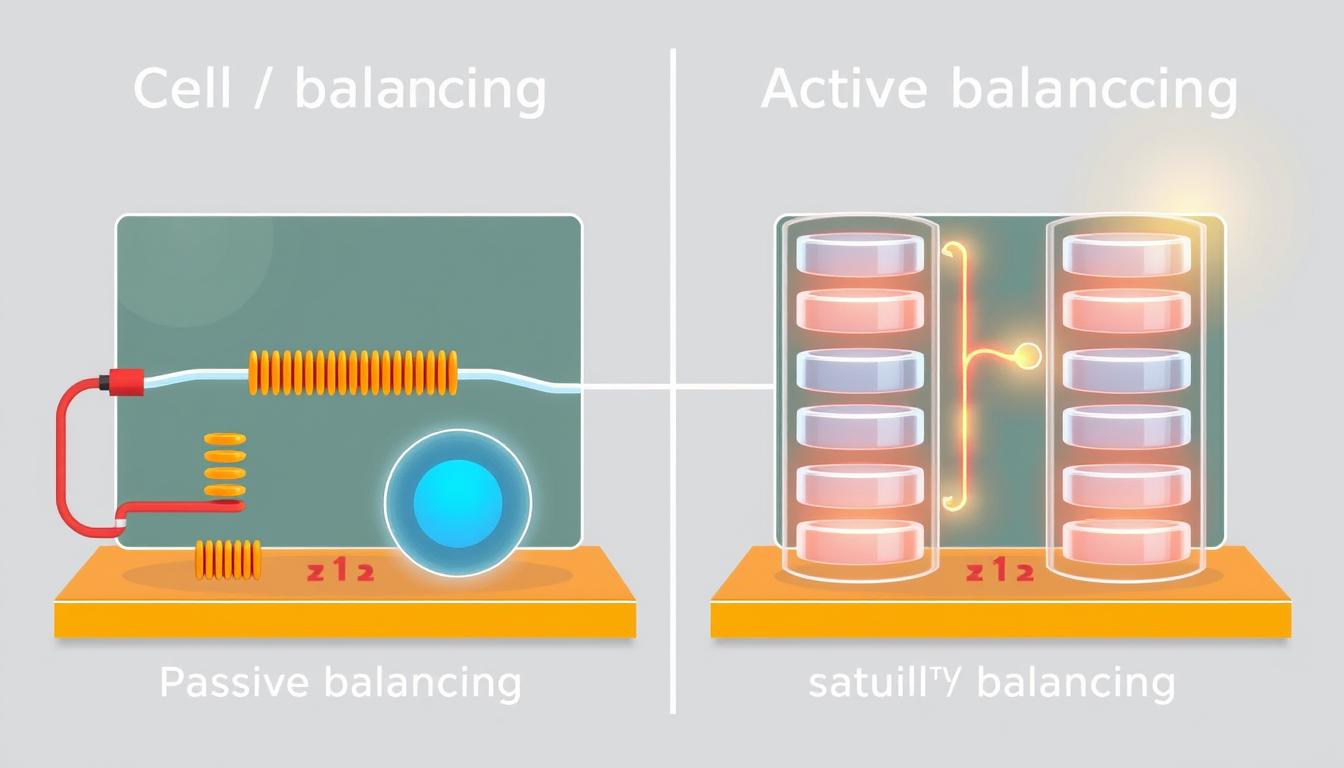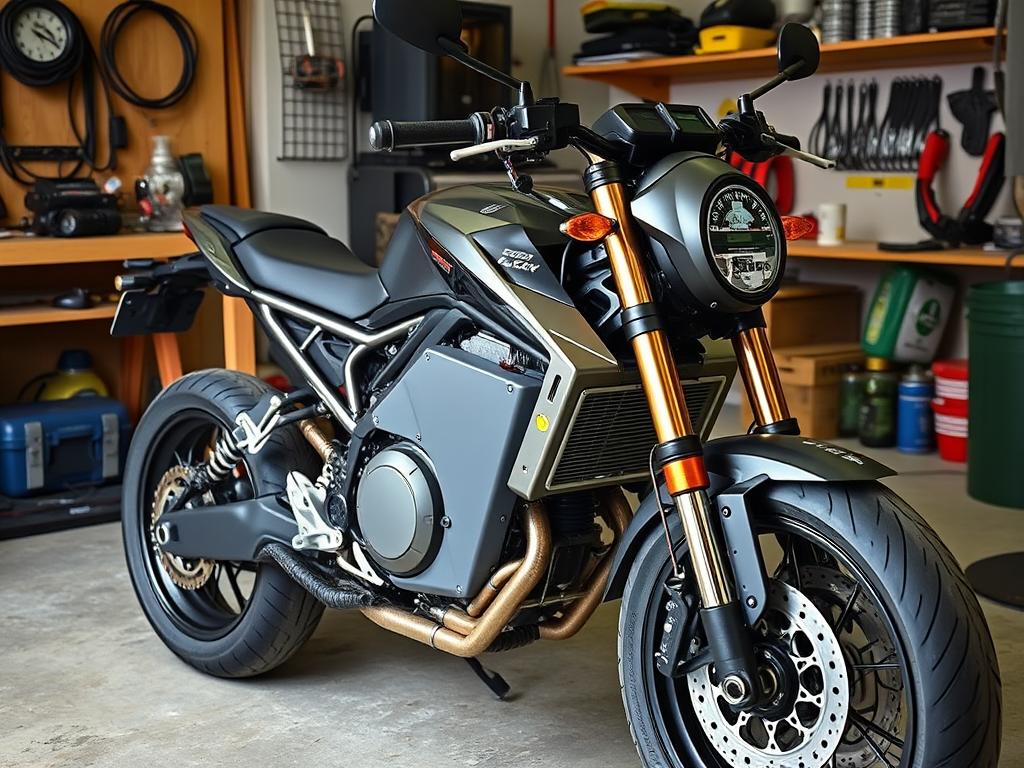
Selecting the right smart Battery Management System (BMS) is crucial for the performance, safety, and longevity of your electric motorcycle. As the central intelligence unit monitoring your battery pack, a quality BMS ensures optimal operation while protecting your investment from potential damage. This comprehensive guide will walk you through the essential considerations when choosing a smart BMS specifically designed for electric motorcycles.

A Battery Management System (BMS) serves as the guardian and optimizer of your electric motorcycle's power source. Unlike standard BMS units, smart BMS solutions offer advanced features that significantly enhance performance and battery life.

Unlike basic BMS units that simply protect batteries, smart BMS solutions actively optimize performance through data analysis and adaptive management. This intelligence extends battery life while maximizing available power for your electric motorcycle.
Our technical team specializes in smart BMS solutions for electric motorcycles. Get personalized recommendations based on your specific battery configuration and performance requirements.
Consult With Our BMS Experts
The BMS must be compatible with your battery pack's voltage configuration. Most electric motorcycles use battery packs ranging from 48V to 72V, though some high-performance models may use higher voltages. Your BMS should support your specific voltage range with appropriate headroom.
| Battery Configuration | Voltage Range | Recommended BMS Rating | Current Handling |
| 13S (48V Nominal) | 39V - 54.6V | 60V | 100A - 150A |
| 14S (52V Nominal) | 42V - 58.8V | 60V | 100A - 200A |
| 16S (60V Nominal) | 48V - 67.2V | 80V | 150A - 250A |
| 20S (72V Nominal) | 60V - 84V | 100V | 200A - 300A |
Cell balancing is critical for maintaining uniform charge levels across all cells in your battery pack. Smart BMS systems offer two primary balancing methods:
Uses resistors to dissipate excess energy from cells with higher charge levels. This method is more common and cost-effective but generates heat during the balancing process.
Transfers energy from higher-charged cells to lower-charged cells. This method is more efficient and faster but typically comes at a higher price point.

Electric motorcycles operate in varied environmental conditions and can generate significant heat during high-performance riding. Your BMS should include comprehensive thermal management capabilities:
Modern smart BMS units communicate with other motorcycle systems through standardized protocols. The most common options include:
The automotive standard, offering robust communication with motor controllers, displays, and other vehicle systems.
Simpler serial communication protocols suitable for basic integration needs and diagnostic tools.
Wireless protocols that enable smartphone app connectivity for monitoring and configuration.
Download our comprehensive BMS compatibility checklist to verify that your selected BMS will work seamlessly with your electric motorcycle's battery configuration.
Download Compatibility ChecklistWhen selecting a smart BMS for electric motorcycles, safety certifications should be a top priority. These certifications ensure the BMS has undergone rigorous testing to meet industry safety standards.

UL 2271 specifically addresses battery systems for light electric vehicles. This certification ensures the BMS meets stringent safety requirements for thermal runaway protection, short circuit prevention, and environmental resilience.
Required for products sold in the European Economic Area, the CE mark indicates compliance with health, safety, and environmental protection standards. Look for EN 62133 compliance for battery safety.
This standard addresses functional safety in automotive electrical systems. A BMS compliant with ISO 26262 demonstrates robust safety engineering practices in its design and manufacturing.
Smart BMS systems with UL 2271 certification have been shown to reduce thermal incidents by over 90% compared to non-certified alternatives, making them essential for high-performance electric motorcycles.
Join our upcoming technical webinar on smart BMS safety features and certification requirements for electric motorcycles.
Register for BMS WebinarThe market offers several high-quality smart BMS options specifically designed for electric motorcycles. Here's a comparison of leading solutions based on our extensive testing and industry feedback.

| BMS Model | Voltage Range | Max Current | Cell Balancing | Communication | Special Features |
| KURUI BMS 2 | Up to 108V | 300A | Active | CAN, USB | Dual-redundancy, advanced diagnostics |
| Daly Smart BMS | Up to 96V | 250A | Passive | UART, Bluetooth | Smartphone app, cost-effective |
| REC Q BMS | Up to 120V | 300A | Active | CAN, WiFi | Cloud connectivity, predictive analytics |
| ANT BMS | Up to 72V | 200A | Passive | Bluetooth, UART | Compact design, IP67 rated |

Understanding how smart BMS systems are implemented in actual electric motorcycles provides valuable insights for your selection process. Here are notable examples from leading manufacturers:

Zero implements a proprietary smart BMS that features active cell balancing and thermal management with liquid cooling integration. Their system includes predictive analytics to optimize battery performance based on riding patterns.

Energica's BMS utilizes CAN bus communication to integrate with their Vehicle Control Unit. Their system features advanced thermal management with multiple temperature sensors and active cooling control.

Custom electric motorcycle builds typically use programmable BMS units like the Orion or REC Q systems, allowing builders to fine-tune parameters for their specific battery configuration and performance goals.
Implementation Insight: Most production electric motorcycles place the BMS directly on or adjacent to the battery pack to minimize connection lengths and optimize temperature monitoring. This placement requires consideration of vibration resistance and thermal isolation in your BMS selection.
Use this comprehensive checklist to ensure your selected BMS will integrate properly with your electric motorcycle's battery system:

Browse our selection of smart BMS systems specifically designed for electric motorcycles. Filter by voltage, current, and feature requirements to find your ideal match.
Explore Smart BMS SolutionsSmart BMS systems for electric motorcycles vary significantly in price, with important performance implications at different price points. Understanding this relationship helps you make an informed investment decision.

When evaluating BMS options, consider these long-term value factors:
Premium BMS systems with active balancing and sophisticated algorithms can extend battery life by 20-30% compared to basic systems, potentially saving thousands in replacement costs.
Smart BMS systems with firmware update capabilities can adapt to changing requirements, potentially extending the useful life of your investment as technology evolves.

Different BMS solutions require varying levels of maintenance attention:
Choosing the right smart BMS for your electric motorcycle requires balancing technical requirements, performance needs, and budget constraints. By carefully evaluating the factors outlined in this guide, you can select a system that will provide reliable protection while optimizing your motorcycle's performance and battery longevity.

Remember that the BMS is the guardian of your battery pack—the most expensive component in your electric motorcycle. Investing in a quality smart BMS with appropriate features for your specific application will pay dividends through improved performance, enhanced safety, and extended battery life.
Our technical team is available to help you select and implement the perfect smart BMS solution for your specific electric motorcycle configuration.
Schedule Your Consultation Today